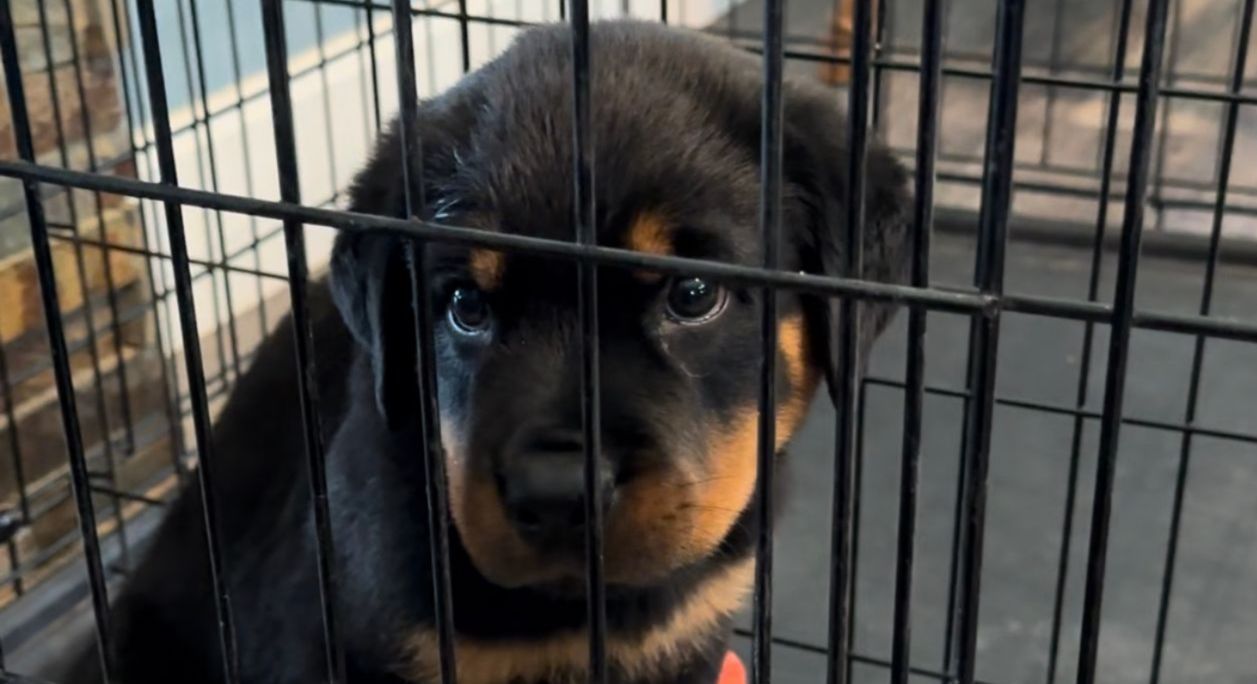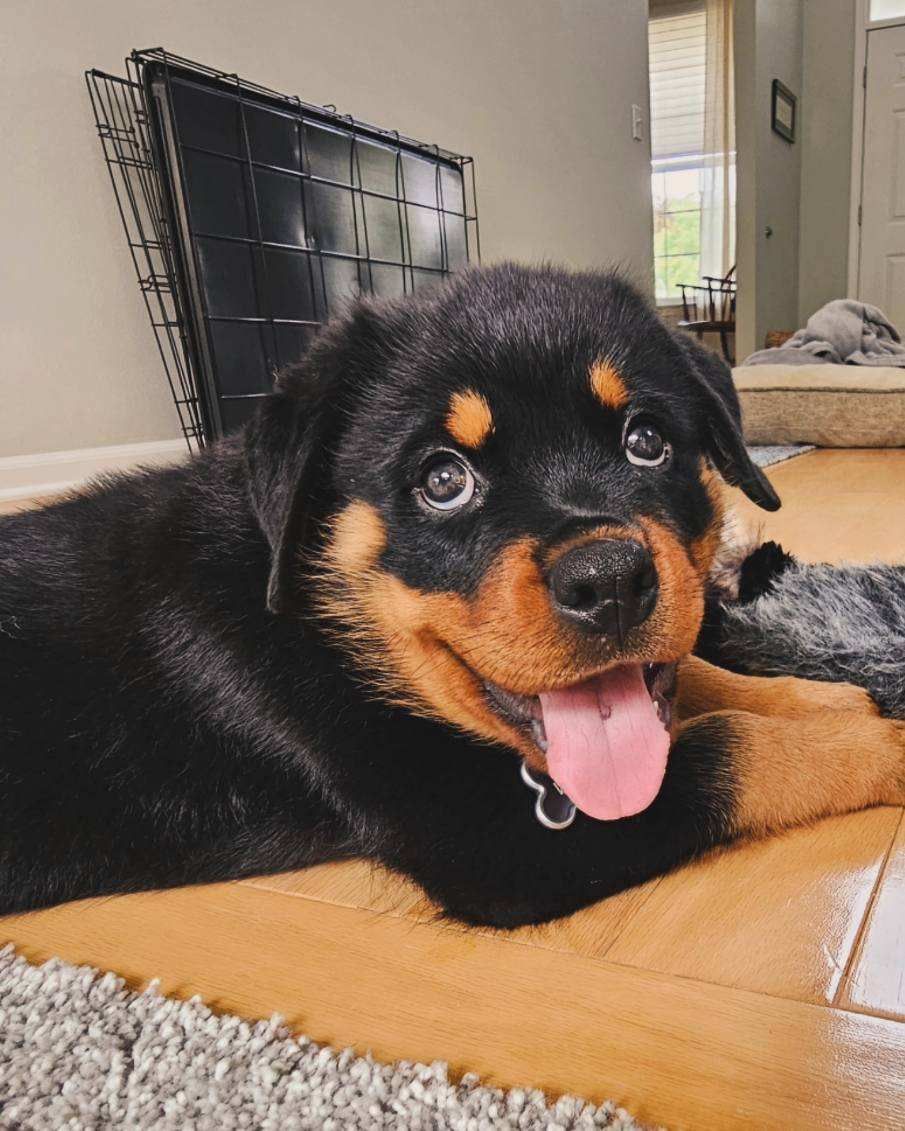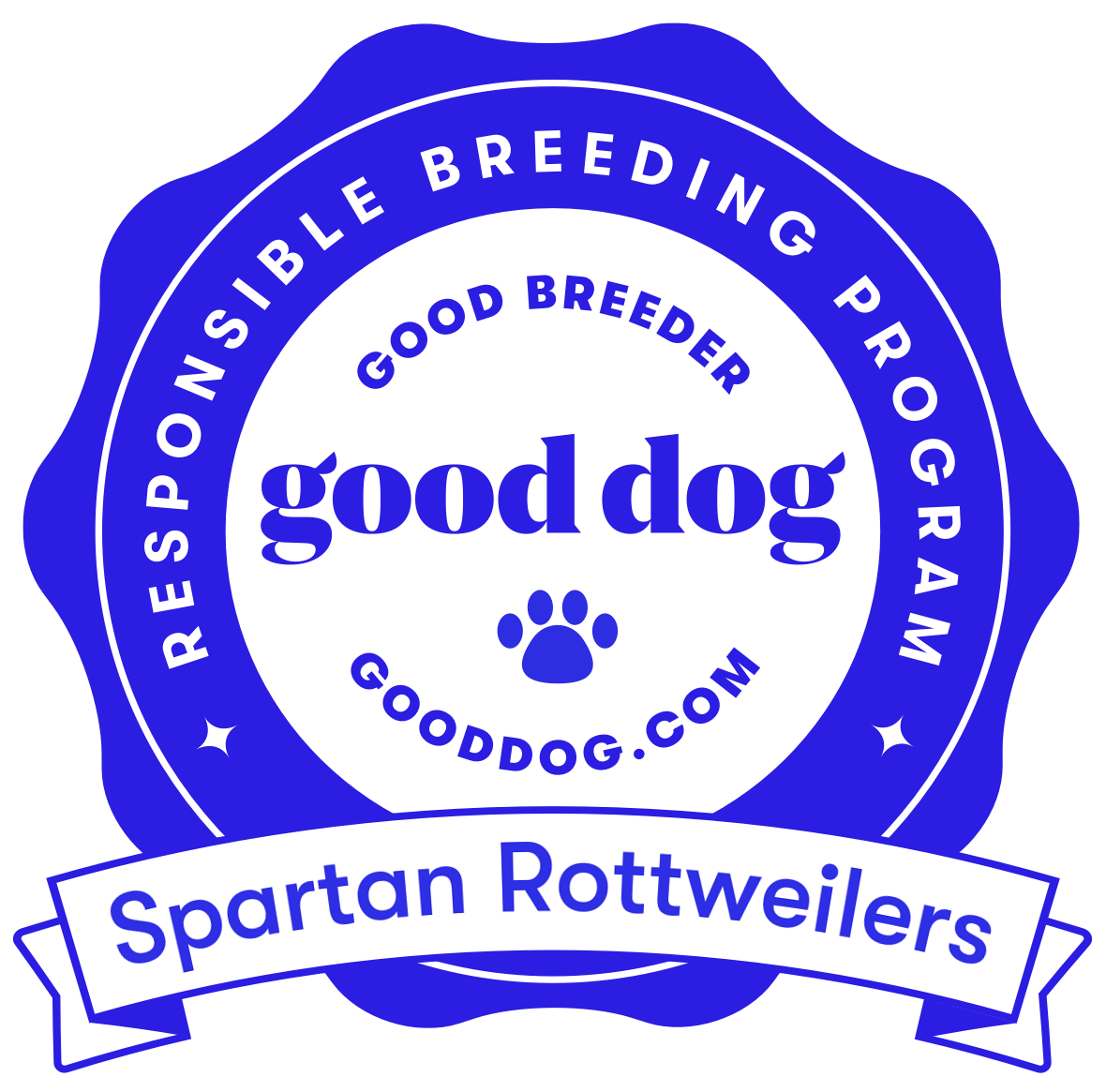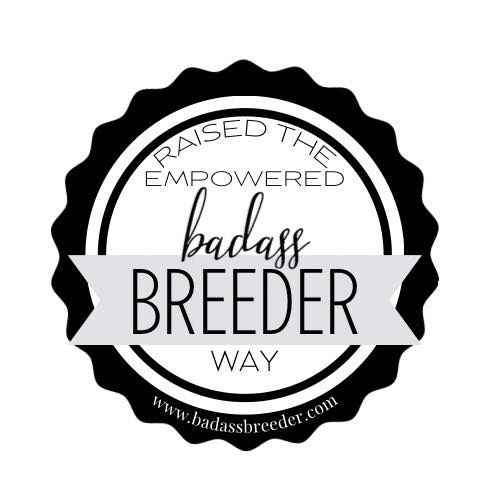To crate or NOT to crate

📦 Crate Size Drama:
Why Rottweiler Owners Have Big Feelings About a Box
You’re shopping for your new Rottweiler puppy. You’ve picked out the perfect collar, bought a basket of chew toys, and now it’s time for the crate.
Sounds simple, right?
Until you post in a Facebook group or search online and find this:
“Buy the biggest crate you can—Rotties grow fast!”
“No! Too big and they’ll pee in it!”
“Just get two crates—one now and one later.”
“You MUST use a divider!”
“Dividers are a scam!”
It’s a crate-sized crisis—and you haven’t even brought your puppy home yet.
So… what’s the real answer?
Let’s break it down with clarity (and a little sanity).
🧠 Why Crate Size Actually Matters
The crate is more than a box. For your Rottweiler puppy, it becomes:
- A
safe place to sleep and rest
- A
potty-training partner
- A space for
independence and boundaries
But here’s the key: Dogs don’t like to soil where they sleep—if that space feels like a den, not a dance hall.
That’s why
a too-big crate can backfire.
Puppies may use one corner for napping… and the other for “oops.”
📏 So What Size Do You Really Need?
For Rottweiler puppies, we recommend:
- A
42” or 48” crate with a
divider panel
- Start with just enough room for them to:
- Stand up
- Turn around
- Lie down comfortably
- Increase space gradually as they grow
This allows the crate to grow with them—without encouraging bad habits.
🐾 At Spartan Rottweilers, We Recommend:
✔️ A wire crate with divider
✔️ Soft Mat and a safe chew toy
✔️ Crate in a specific room during the first few weeks
✔️Crate training during the day in short, positive sessions
We never recommend using the crate for punishment. That defeats the purpose. Your puppy should love going in there—it’s their little corner of the world.
❗ Crate Training Pro Tips
- Start day one with short, calm crate sessions
- At night leave the radio on for white “cover noise”
- Ignore mild whining; reward calm behavior
- Don’t cave during “protest crying” unless something is wrong
🧠 Think of crate training like a toddler’s bedtime routine: calm, predictable, and comforting—not a battle.
🧴 What to Put in the Crate (and What to Skip)
✅ A washable crate mat
✅ Durable puppy-safe chew (like a KONG)
✅ A blanket or shirt with your scent
❌ No food bowls overnight
❌ No loose bedding for young puppies prone to chewing
💬 Final Thought
Crate training isn’t just about preventing messes—it’s about creating structure, safety, and confidence. The right crate size helps your puppy succeed. The right approach helps them feel safe, not shut in.
And trust us—when you’re raising a future 100-pound powerhouse, you’ll be glad you took the time to do it right.






